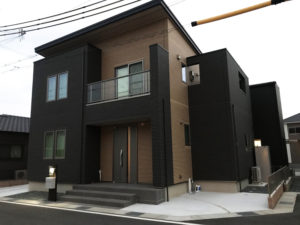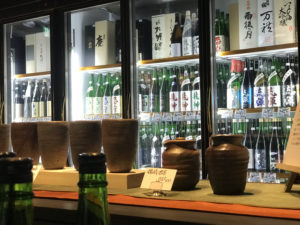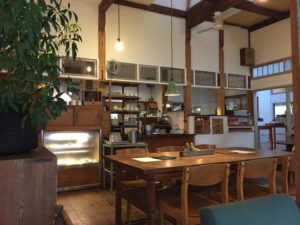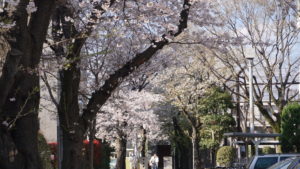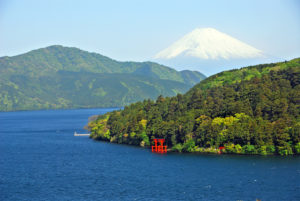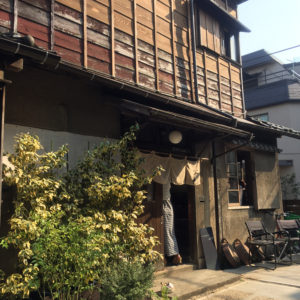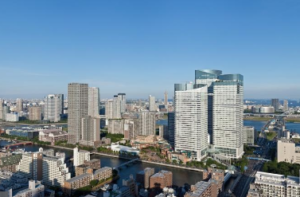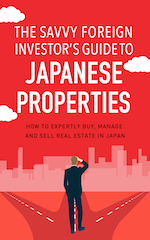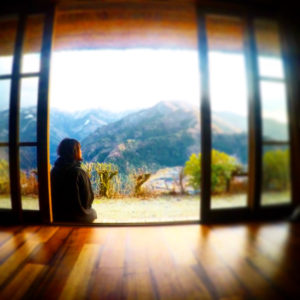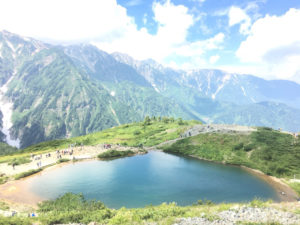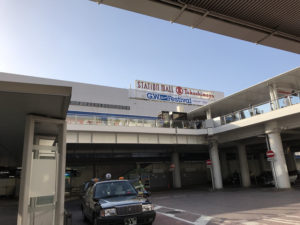
(Machida)
Moving into a new place can be an exciting yet expensive decision.
It is essential that you view the property in person as the photos may (or may not) do the property justice.
You may be able to identify issues that are not present in the photos, which may not be up to date.
Visiting the property gives you a feel for the location and the neighbourhood.
In any cities, there are some neighbourhoods where you don’t walk in the middle of night alone.
In fact, in Tokyo there is almost none.
Maybe you may feel weird if you walk on the street early in the morning in Shinjuku Kabukicho but you won’t feel
extreme insecurity.
I recently read a book written by a guy called ‘Masayoshi Osaka’. The book is called ‘Where are the places you don’t
want to live in greater Tokyo ?’ It is highly controversial and full of prejudice such as race, income and business.
He is a reasonably well-known blogger, originally from Osaka.
He is running a media company “Tokyo Deep Guide” , which is the extreme biased media.
The media shines light not on the positive side of the cities/towns in Tokyo but on the negative side.
Read more


